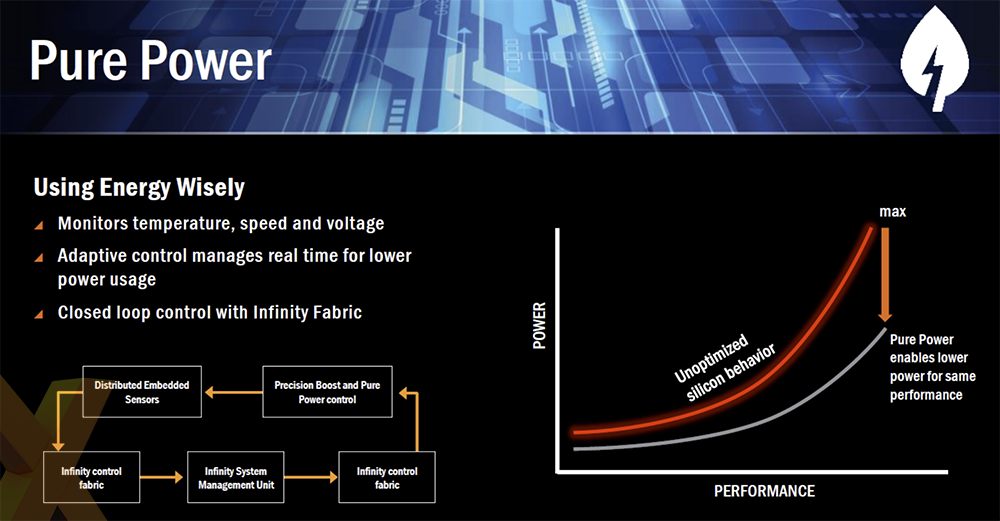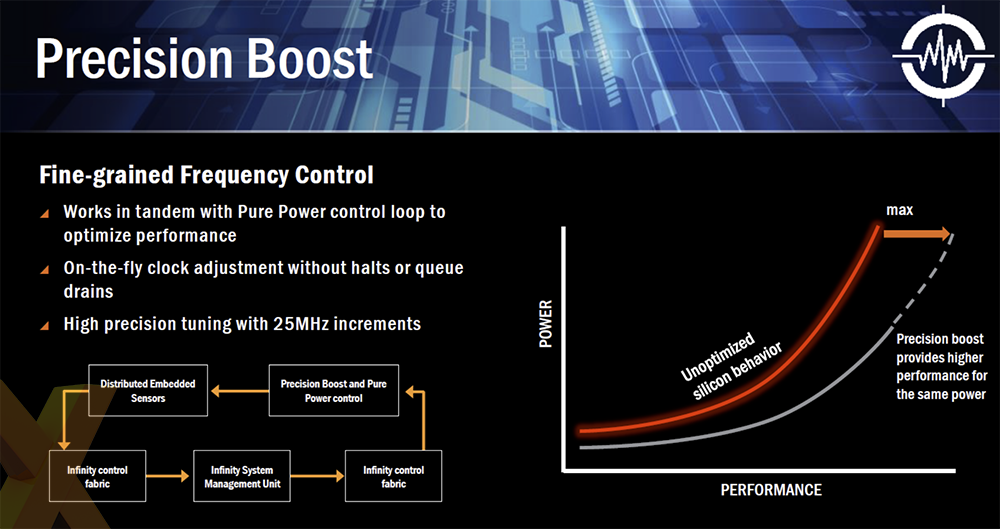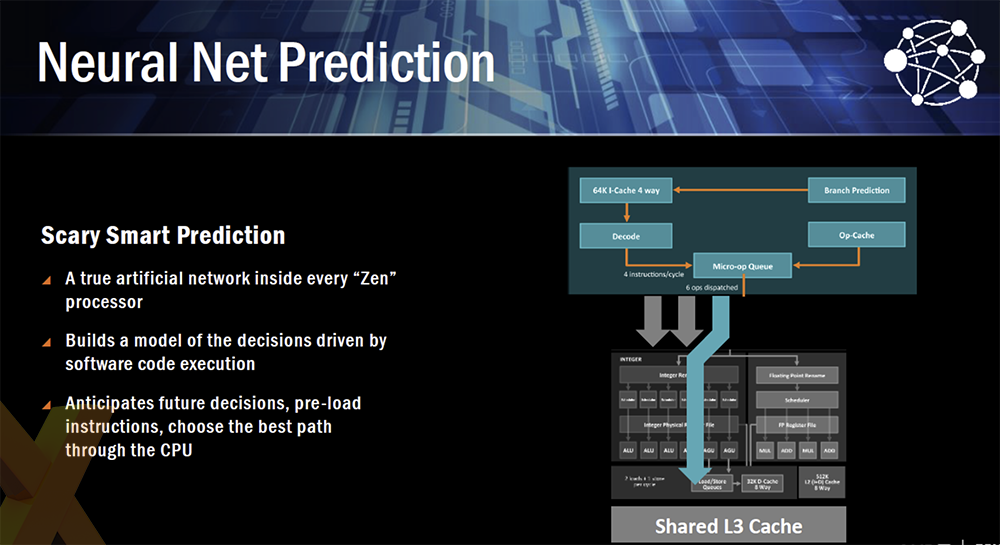Red Moon Ryzing
You will have heard plenty of rumours about the new performance CPU architecture from AMD. Known as Zen, it is set to arrive on the desktop in the first quarter of 2017, with AMD planning wider proliferation into the server and mobile spaces shortly afterwards.
The desktop part, codenamed Summit Ridge, will only be known as Zen internally. Today, AMD announces that the CPU formerly known as Zen will be productised as Ryzen. That's right, the next generation of AMD CPUs, on the desktop at least, are Ryzen - make of that what you will. We'd be interested to hear your thoughts on the naming matter in the HEXUS Community.
More Performance In The Tank
Back on track, AMD has now divulged more detail about what makes Ryzen tick. The eight-core, 16-thread capability is a known, but what's new is that AMD has set a 3.4GHz base speed for the premier processor. Notice the '+' in the above picture? AMD has yet to announce the turbo boost frequency of the product, though John Taylor, corporate vice president, did intimate that AMD had a 'compelling story to tell' on that front over the next few weeks. Can we expect 4GHz on a single core?
What else? We now know that Ryzen desktop CPUs will feature a total of 20MB on-chip cache. That figure is consistent with the top-tier Intel processors and is composed of 4MB of L2 - 512KB per core - and a shared 16MB amongst the eight cores. Keeping everything ticking over is a group of features collectively known as SenseMI Technology.
Optimisation, Optimisation, Optimisation
The reason why the turbo behaviour has yet to be decided, or at least communicated to the press, is that AMD is fervently working on optimising two facets of SenseMi: Pure Power and Precision Boost.
'We have embedded a number of smarts into Ryzen,' said Mark Papermaster, AMD CTO, during the Sonoma press briefings. Speaking specifically of Pure Power, it provides a closed-loop control system whose aim is to maximise both the performance and efficiency of the chip. Hundreds of real-time sensors are constantly monitoring the temperature, voltage and performance on each IP block and feeding it all back to an overarching system management unit, which then adjusts parameters accordingly.
'Running this closed-loop monitoring system, thus optimising the processor, pushes you down the curve (in the left-hand picture),' said Papermaster, meaning that a set speed can be achieved with lower voltage or, conversely, higher frequencies without jacking up the juice, compared to unoptimised silicon. 'It is milliwatt-accurate, it is millivolt-accurate, it is degree-accurate in temperature,' he added. There is nothing fundamentally new in this technology, as it is liberally applied to modern GPUs as well as CPUs in the pursuit of efficiency, though the intimation is that AMD is wringing out more from the silicon than ever before. We'll know more of the actual workings of SenseMi in upcoming briefings.
Going hand in hand with Pure Power is Precision Boost, which adds to the former by tapping into the silicon reserves of the chip and pushing frequency higher when there is scope to do so. It will be Precision Boost that sets the final clocks per core. It is akin to Nvidia's GPU Boost in many ways, with the aim of pulling the best performance/voltage curve. It's pretty accurate, too, with increments of just 25MHz, so don't be surprised to see a Ryzen processor running at, say, 3.875GHz.
Finally, on the frequency front, AMD is 'unleashing the enthusiast,' offered Papermaster. For those of you who have sophisticated cooling systems which keep temperatures in check, we are going to take such cooling into account and let you push the Ryzen chips further, under the auspice of eXtended Frequency Range (XFR), he went on the mention. It's another way of saying the top-tier Ryzen chips are effectively unlocked. Again, the fine-grained details will be divulged at a later event.
Getting the most out of Ryzen on every clock cycle, AMD is harnessing 'Neural Net Prediction.' This is just a fancy name for heavily improved and tweaked branch prediction at the front-end of the chip, necessary as the Ryzen processor is wider in a throughput sense than incumbent FX.













